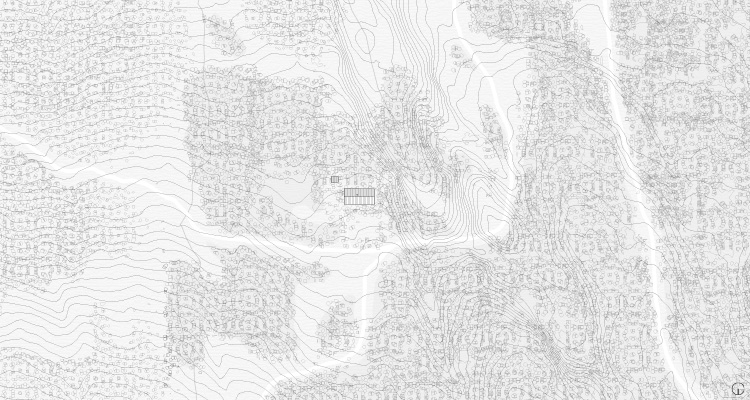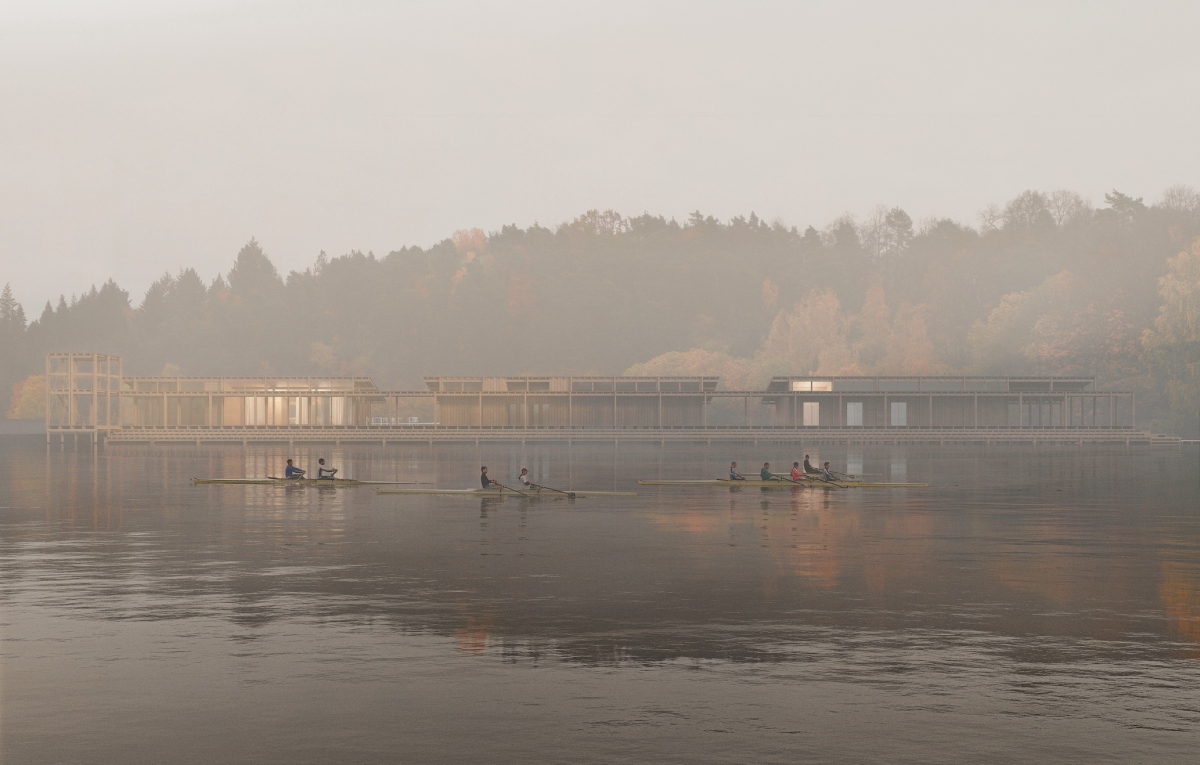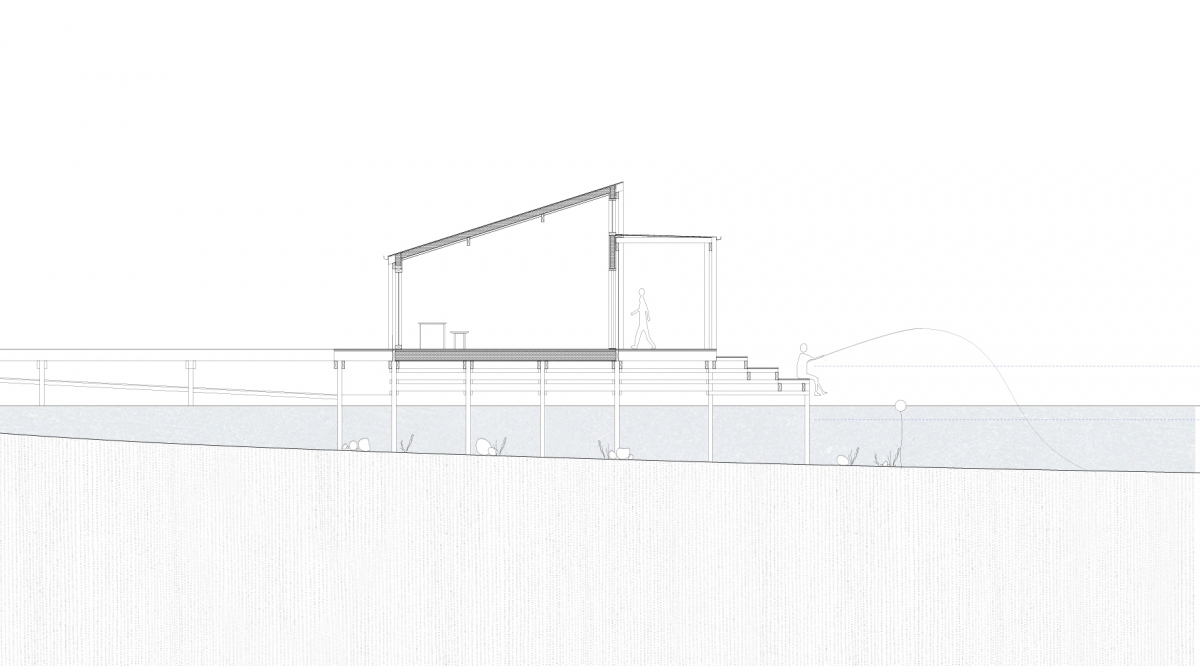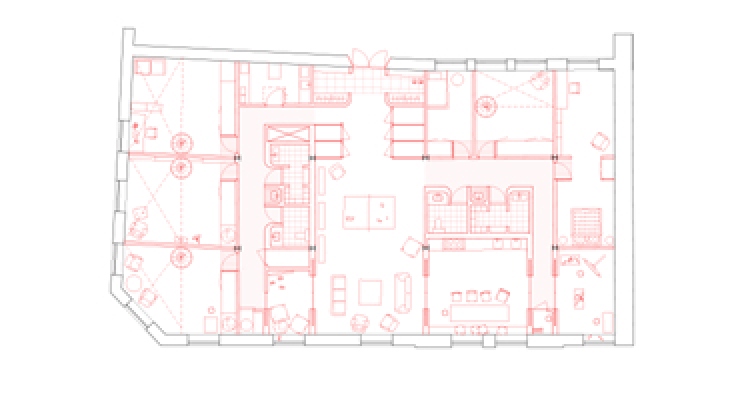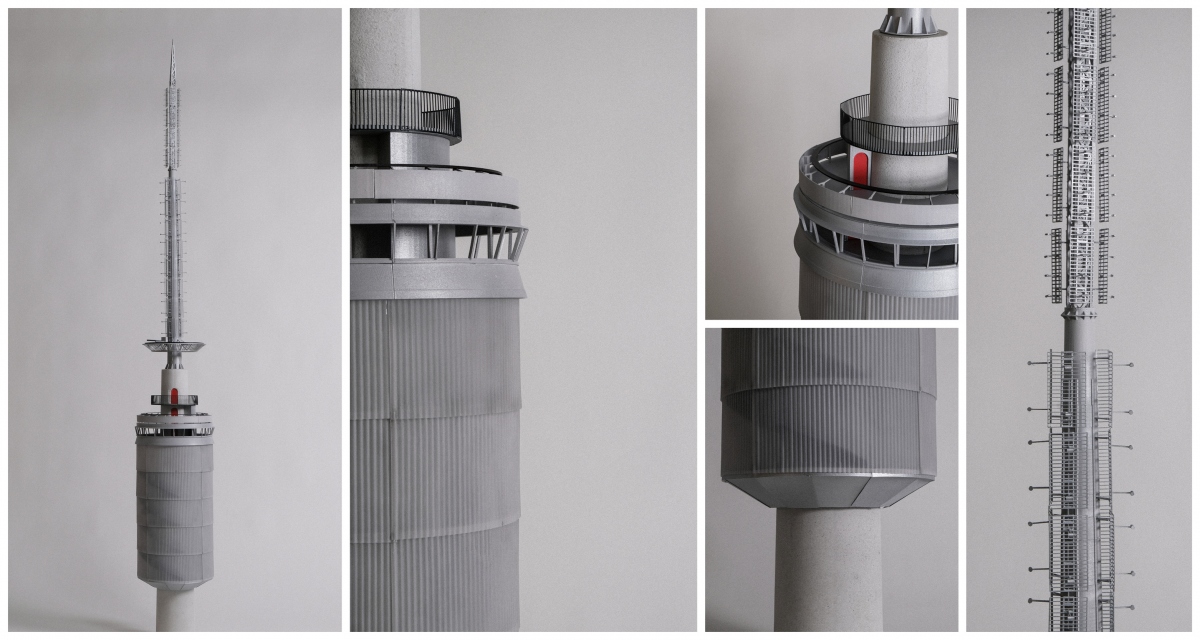The project proposes a number of strategies for minimizing the impact and emissions connected to building a cabin, with a big emphasis on reuse timber. It includes selection of site, source of building material, and the way the material is utilized for maximal potential. The cabin’s constructive segments both allow for building and expanding the cabin in several stages, and allow for using (and heating) only the sections that are required for any number of visitors.
